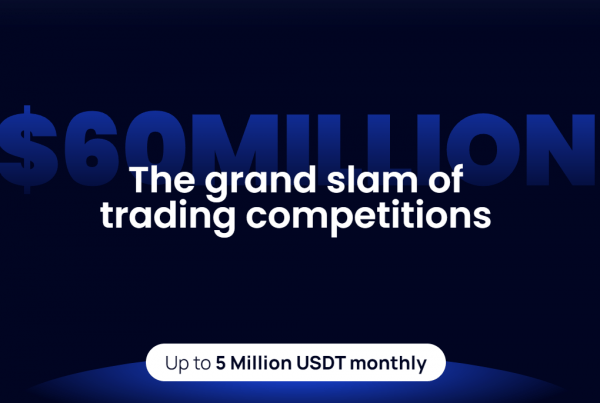Anton Chashchin, Commercial Director at CEX.IO Loan
Definitely, speaking of cryptocurrency market niches, we can call the year of 2020 a year of decentralised finance or DeFi. In 2020, we have seen extreme volatility in this market, which reminds us of ICO pumps and dumps of 2017.
The main reasons for the tumultuous growth of DeFi in 2020 are the evolution of DeFi technologies to a level where a mass-market reach could be the next step and the new bull run of the entire cryptocurrency market that began in September.
The DeFi market began to originate in the spring of 2018, with one of the earliest DAOs – Maker DAO – appearing on the crypto market scene. At that time the cryptocurrency market was in a downward spiral, with the moods of regret and disappointment dominating the market. It took two more years for the cryptocurrency market to gain a more solid stand among different financial asset classes and for new blockchain-based technologies to emerge.
Once a technological breakthrough was made, the DeFi space was ready to step forward and began attracting more attention primarily from the experienced audience familiar with proof-of-stake mining and proof-of-stake minting.
The First Bull Run
The first major rise in DeFi prices occurred in the summer of 2020. One of the projects leading the upside price action was Chainlink. Its token LINK rose by 55% in the second week of July, signaling the market about a potential new bull run in the cryptocurrency space. The continuing bullish market was a call for blockchain enthusiasts and entrepreneurs to take action and start launching new liquidity farming protocols and decentralised exchanges (DEXes).
And that was the time when DeFi became the new agenda and started attracting more money from a more general public with its technological novelty and potentials of high returns like ICOs did in 2017. During the first wave of growth, many DeFi assets recorded all-time-highs, proving a high financial potential of the whole niche.
As all emerging markets, DeFi had its ups and downs during 2020: starting from the middle of September, the wave of cash behind the DeFi sector began to come down, and a phase of corrective price action took hold of the market. But the steep correction did not mean an end for the DeFi sector. As it traditionally happens with financial assets, after the prices fell broadly across the DeFi space, many began to see it as an opportunity for a second entry into the novel asset class at more than decent price levels.
It would be fair to say that the first upswing in August – September set a benchmark on the price charts of DeFi assets. And that was a call for institutional investors to keep an eye on the new emerging market.
The November Recovery
Starting from September 2020, the DeFi sector began to see a growing inflow of users in the sector. According to the crypto market data aggregator Dune Analytics, the number of unique addresses in DeFi projects has grown by 925,573 and over 9 times since the start of 2020.
After the inflow of new users, the market did not have to wait long for a price recovery, which began in force in November. And this time high-net-worth investors may be more active participants, since this sector is getting more mature.
The recovery began more definitely after the U.S. presidential elections public vote and Bitcoin’s 10.5% of profit on 5th November. In the second week of November alone, SUSHI/USD grew by 96%. In the first two weeks of November, RUNE/USD grew by 124.5%. In comparison with that, the 64.6% YFI/USD growth looks even modest.
By the pace and style of that recovery, I can rather confidently assume that professional investors were not left outside the DeFi space this time. At the end of November the recovery was put on hold, as high-net-worth holders were locking in their profits. But to me this looks like another buy-in opportunity into DeFi.
Latest Developments
In December, DeFi assets were trading differently. SUSHI was the most gainful asset among all DeFi market cap leaders, having risen by 50%. In contrast, UNI – the token of decentralised exchange Uniswap – lost over 11%. But most of other DeFi assets have been growing at a modest pace, which is a sign of stabilisation. This may in turn be positive for the presence of institutional investors in this market who usually tend to compromise profits for a better market predictability.
Conclusion
In conclusion, I want to point out that the general 2020’s market picture around DeFi indicates high return potentials, and despite all skepticism that we have seen towards decentralised finance this year, it only more looks like a market with growing liquidity rather than some new plaything for blockchain enthusiasts.



